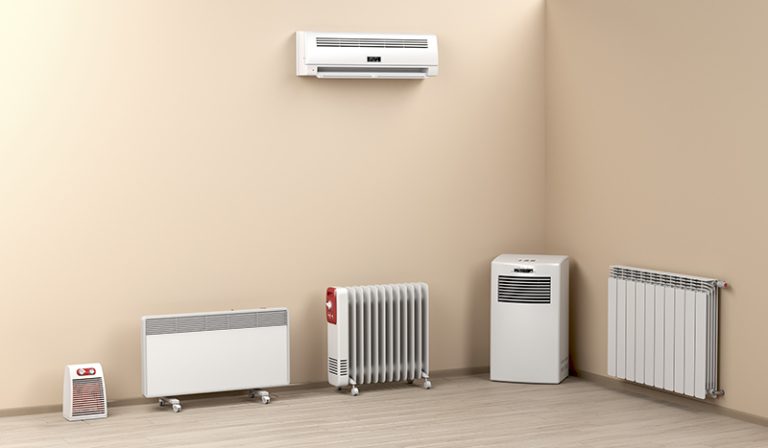As prices continue to rise on many of the essentials we depend on like gas and food, people are seeking ways to cut costs. One way many families can save on their monthly bills is reducing their energy consumption. However, with the heat of summer setting in, it’s far more challenging to chop an electric bill. To reduce the energy used to keep your home cool with lennox vs rheem, you could invest in a newer, more efficient AC unit. But is the initial out of pocket expense worth it in the long run? Let’s dive into the world of air conditioning to discover what type of AC unit is most economical overall.
What Are the Most Common AC Units for a Home?
To start, let’s look at the most common AC units for a home and how each one is different from the next. How do the features of these air conditioning systems affect energy consumption and overall cost of ownership?
System #1 – Central Ventilation With Outdoor Condenser
These systems blow cool air throughout the home using central vents. The air is cooled using an outdoor condenser. This AC system requires professional maintenance and costs thousands, but provides efficient cooling for medium to large homes.
System #2 – Wall Air Conditioner Unit
A wall air conditioner comes in a range of BTU ratings, and can cool up to 700 square feet of space. These typically cost well under $1,000, making them a low-cost solution up-front. However, these units are the least efficient when it comes to energy consumption.
System #3 – Mini-Split Air Conditioner
Mini-split AC systems also have an outdoor condenser, but they use linear diffusers instead of a central ventilation system to blow cool air. This makes these systems highly efficient for small to medium spaces and even larger homes when multi-zone cooling is used.
Factors that Impact the Cost of Owning an AC Unit Over Time
When you’re trying to save money on energy, think of the total cost over time for air conditioning your home. Numerous factors will impact what this number is, so carefully consider each of them.
Factor #1 – Filtration System
The type of filtration system will affect your total costs for air conditioning. Central air systems typically have filters that need replacing every 1-3 months. At $10-40 per filter, these costs can add up. Some systems, like mini-splits, have permanent filters that can simply be cleaned.
Factor #2 – Ease of Maintenance
Are you handy with tools and able to repair almost anything? If so, you could save thousands over the life of an AC system if you choose one that you can maintain yourself as you did with the broken screws. That said, you’ll be limited to units that aren’t as powerful.
Factor #3 – Thermostat Control
Does the AC system run constantly until you turn it off, or is it temperature-controlled? The more refined the thermostat, the less the unit will cost to run, potentially offsetting a larger initial investment. The larger the home, the more this is a factor.
Factor #4 – Cooling Power
Matching the cooling power to the space is key. Too much or too little cooling power can cause a huge spike in energy consumption, driving the overall cost through the roof. Cheap up-front doesn’t always equal cheap long-term.
Factor #5 – Electrical System
Air conditioners that rely on 120 volt power aren’t as energy-efficient as systems that run on 240 volt systems. While easy to install systems like wall AC units save you the cost of professional electrical work, they can cost more to run, especially in hotter climates.
Ways to Save on Air Conditioning Your Home
So how can you save on air conditioning without sacrificing comfort? Here are some ways to cut your energy costs while staying cool all summer long.
Way #1 – Utilize Multi-Zone Cooling
If you have numerous rooms in your home, cooling each one individually or in clusters can save on electric usage. Multiple, less powerful wall AC units instead of one high-powered one can actually cost less overall. Multiple diffusers for a mini-split system are another example, and even some central air systems can cool individual zones.
Way #2 – Supplement with Fans
When you don’t mind the heat as much or live in a more moderate climate, supplementing your air conditioner with fans can help save electricity. This is especially useful if you only have one large wall air conditioner but many rooms.
Way #3 – Control Solar Gain
Solar gain is what heats up your home, so controlling the amount of sunlight that enters the room your cooling can make a huge difference. Thermal blackout drapes are one inexpensive and easy way to control solar gain.
Proper planning and attention to the details can make a massive difference in how much you spend over time to cool your home. We hope this quick guide to economical air conditioning helps you save thousands in the coming years!

